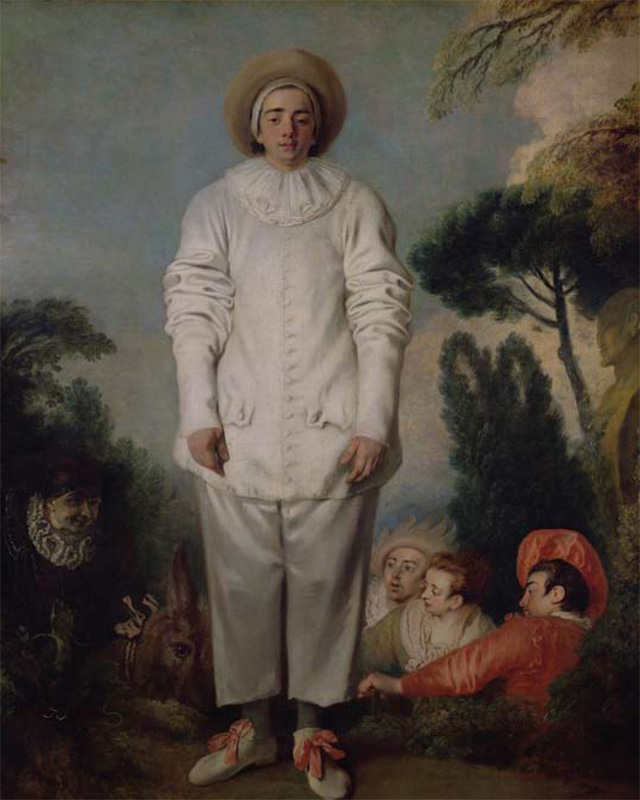My Favourite Painting: Barry Humphries
Barry Humphries chooses his favourite painting for Country Life.


‘Pierrot (formerly known as Gilles), about 1718–19, 73in by 59in, by Jean-Antoine Watteau (1684–1721), Louvre, Paris. Bridgeman Images.
Barry Humphries says: 'A masterpiece by my favourite artist of all time–Jean-Antoine Watteau, the prince of court painters. This is a portrait of a comic actor, expressing the loneliness of life on stage. He seems naked although fully dressed as he confronts his audience seeking the forgiveness of laughter. Or is he, perhaps, just counting the empty seats?’
Barry Humphries, also known as Dame Edna Everage, is a comedian. His biography of Dame Edna, Handling Edna, is published this week.
Art critic John McEwen comments: 'According to his friend and first biographer E. F. Gersaint, Watteau was ‘good but difficult’, ‘entirely his own man’, ‘always dissatisfied with himself and others’ and ‘spoke little’. Born in Valenciennes, he was apprenticed from an early age to a succession of artists, one of whom introduced him to the theatre, and was offered membership of the Academy in Paris (on receipt of the customary reception picture) when still a student there.
Gersaint wrote that ‘he was not proud of his new distinction’ and the Academy had to wait five years for its picture, The Embarkation for Cytherea (Louvre). Even then, it was only wrung out of him by a deadline. Watteau spurned patrons and conspicuously lacked royal favour. In 1719, he came to London, possibly to see a doctor about his tuberculosis. He was poverty-stricken when he died in Gersaint’s arms at 36, almost the same age as Mozart, Robert Burns, Van Gogh and other stricken romantic geniuses. Gilles or Pierrot (the clown character in the Commedia dell’Arte) is often seen as a self portrait.
Behind Gilles are the other principal actors: the Master: the old father, Cassandro, on the ass; the Lovers: Leandro, in a crested hat, and Isabella; and the Servant: the red-suited dandy rascal Zanni. The picture may have been painted as a shop sign or a billboard. It was unknown before 1804. Watteau has had many admirers: Reynolds, Ingres,Baudelaire, Renoir, Monet, the brothers Goncourt, Cocteau and now Barry Humphries, although possibly not the comedian’s malodorous alter ego Sir Les Patterson.'
This article was first published in Country Life, September 15, 2010
Exquisite houses, the beauty of Nature, and how to get the most from your life, straight to your inbox.
Country Life is unlike any other magazine: the only glossy weekly on the newsstand and the only magazine that has been guest-edited by His Majesty The King not once, but twice. It is a celebration of modern rural life and all its diverse joys and pleasures — that was first published in Queen Victoria's Diamond Jubilee year. Our eclectic mixture of witty and informative content — from the most up-to-date property news and commentary and a coveted glimpse inside some of the UK's best houses and gardens, to gardening, the arts and interior design, written by experts in their field — still cannot be found in print or online, anywhere else.
